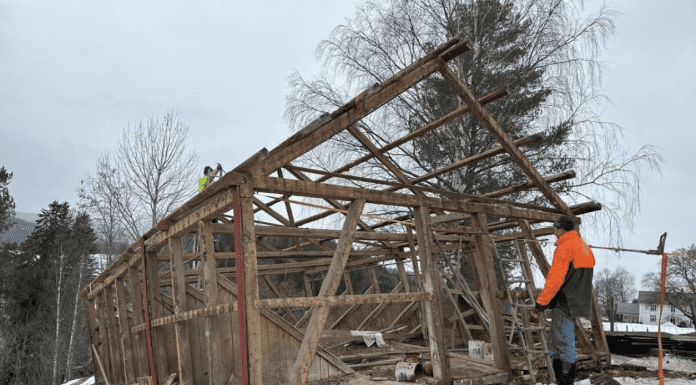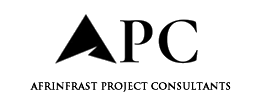
The Drastic Consortium are investigating ways to bring about a European transition to more sustainable methods of building
Earth Overshoot Day marks the point in the year when global demand for ecological resources exceeds what the planet can regenerate annually. For the construction industry, one of the world’s largest consumers of raw materials and energy, this milestone is a stark reminder of the urgent need for more sustainable, resource-efficient practices.
To push back Earth Overshoot Day and reduce environmental impact, the industry must accelerate its shift from a traditional linear economy to a circular one. This means moving away from single-use design and embracing multi-cycle sustainability – keeping materials in use for as long as possible, reducing waste, and designing with reuse and adaptability in mind.
Leaders across the built environment now face a clear call to action: integrate circular principles into planning, procurement, and construction processes to build a more resilient and responsible future.
The Drastic Project
Circular building practices are being developed through a series of pilot projects within Horizon Europe’s Drastic project.
The consortium is being led by VITO, and is developing methods and frameworks to make the construction industry less demanding on the planet.
A framework has already been created
The Drastic Project has already developed the Design Guidance and Assessment Framework, which combines circularity and sufficiency with a multi-cycle life cycle approach. This means products are designed with the intention of extending their average life cycle through multiple life cycles, from initial use to reuse and refurbishment.
The framework acts as a user guide that is easy to use, utilising aspects such as decision trees/flowcharts that can be followed by products developers, architects, real estate developers, and environmental assessors.
Wai Chung Lam, sustainability & circularity assessment researcher at VITO (and leader of the new framework’s development), said: “We are combining cutting-edge circular and low-carbon building practices with a strong sustainability and circularity assessment framework.
The first results from our Demonstrators are promising, and I am confident that this collaboration can help shift the construction sector toward a more sustainable future, ultimately contributing to delaying Earth Overshoot Day.”
Circular building practices through demonstration
Five pilot projects have also been launched to demonstrate the practicality of several circular solutions in the built environment, including the development of sustainable cement and steel practices in Spain, enhancing energy sufficiency, circularity and sustainability via recyclable components in Germany, reclaiming and reusing timber for structural and load-bearing purposes in temporary buildings in Norway, deep energy renovation in building consumption in Estonia, and streamlining circular processes in France.
The new framework will evaluate these circular building practices, and will help to identify what are called ‘R-strategies’ (Refuse, Rethink, Reuse, Repair, Recycle), supporting smarter resource use and reuse.
In June, Scotland announced the construction of their Circular Construction Hub, acting as a second-hand marketplace for building and infrastructure materials.
The hub is led by Zero Waste Scotland and is expected to be open by December 2027.
The post Circular building practices being advanced by Horizon Europe’s Drastic Project appeared first on Planning, Building & Construction Today.

